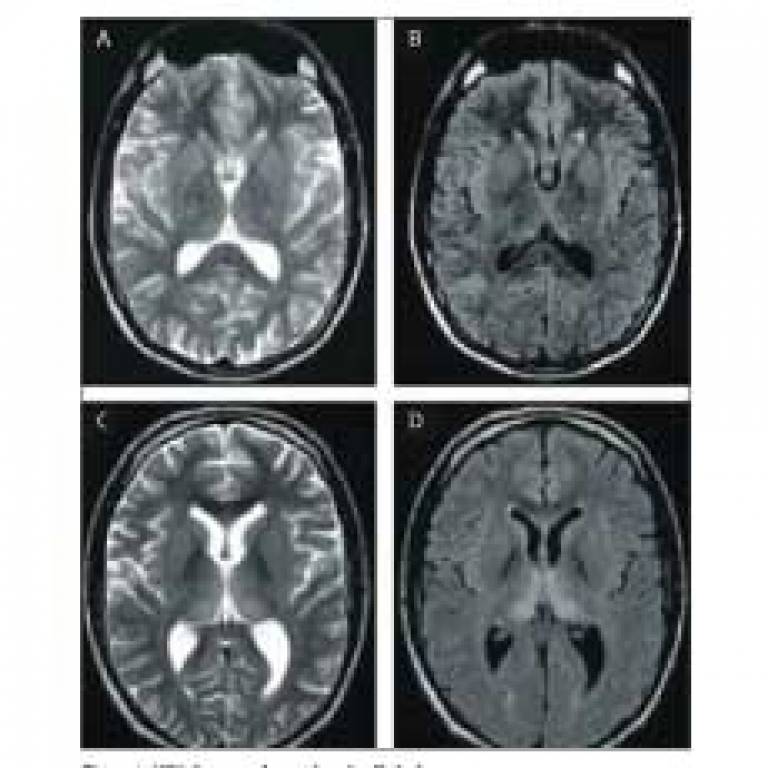Lancet paper: vCJD case report
14 December 2006
A team from the UCL Institute of Neurology has compiled a case report, published in the 9 December 2006 issue of 'The Lancet', which describes a case of variant Creutzfeldt-Jakob disease (vCJD), transmitted through blood transfusion and for the first time identified in life.

This particular case of transfusion-associated vCJD is the third instance of infection in a group of 23 known recipients who survived at least five years after receiving a transfusion from blood donors who themselves subsequently developed vCJD.
The disease is caused by the same prion strain responsible for bovine spongiform encephalopathy (BSE) - commonly termed 'mad cow disease'. Prions, the infectious agent responsible for human prion disease, are a misfolded form of normal cellular prion protein. Neurodegenerative disease experts have long been concerned that prion diseases might be transmitted through the transfusion of blood products.
The previous two cases of vCJD infection contracted through blood transfusion were identified at post-mortem in 2004. This paper describes a case identified while the patient was still alive, who developed neurological signs and was referred to the NHS National Prion Clinic at the National Hospital for Neurology and Neurosurgery, Queen Square ('The Brain Hospital').
The report goes on to conclude that although cross-species transmission between cows and humans of the disease is relatively difficult, inter-species transmission between humans through blood transfusion is efficient and if unmanaged, could pose a serious risk. This is particularly worrying since prion diseases typically have very long silent incubation periods, sometimes extending over many decades, and at present there is no reliable blood test to screen for the presence of the infectious prion agent.
Lead author Dr Stephen Wroe (UCL Institute of Neurology) commented: "Several risk reductions have been introduced in the UK and some other countries to limit secondary transmission. All individuals found to have received potentially infected blood are now notified of their risk status, inevitably causing distress and uncertainty. Continued specialist monitoring and investigation of high-risk groups should allow the condition to be recognised at an early stage."
Image: Brain scans, top, taken 6 years after transfusion and below, 18 months later
 Close
Close

